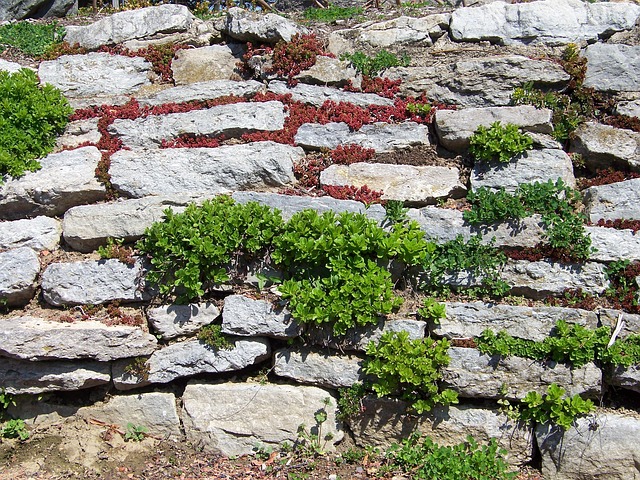I saw a sticker about civil engineers a long time ago, which read: “Civil engineers always try to ‘pave’ the world. At the time, I was fresh out of college and understood what that barb meant. As civil engineers, we are trained in calculus, statics, construction materials, hydrology, hydraulics, etc. However, at least in my generation, we were rarely instructed in the importance of “green” design. Anything not made of asphalt or Portland concrete cement was under the purview of the landscape architect. Our job has always been to design safe, efficient, and cost-effective structures within the built environment. And since standard construction materials and practices are the most cost-effective, we tended or still tend to use them over and over again. However, it is crucial to be more creative and consider the environment.
Recently, I have been working more and more with retaining structures, which vary from a couple of feet to some much taller (22′ high) walls. And the standards direct you to build using rebar concrete. However, some, if not most of these walls, can be built using more natural materials, which allows them to be landscaped and, in a future date, easier to dismantle should the construction site be reused for another type of structure. Additionally, and probably most importantly, is that these walls are much more attractive and eco-friendlier than cast-in-place, pre-fab, or block retaining walls. Also, the cost is not prohibitively higher and, depending on the size of the wall, the amount of soil they retain may be the same price or even less.
“Landcapable” walls are also known as living walls because of the plants that live on and in them. However, due to their design, an additional benefit is that they allow water to seep in and irrigate the plants and help reduce the amount of stormwater runoff that must be drained and often piped and connected to the underground stormwater system. This is especially critical in older cities, such as San Francisco, where we still have a combined sewer system (CSO) that collects, treats, and then drains into the ocean sanitary and stormwater drainage systems. Therefore, the less water that reaches the CSO, the less the treatment required.
Whether it is a retaining wall, a pathway, a driveway, a sidewalk, or any other hardscape structure, consider more eco-friendly alternatives instead of the usual structures that cover the ground with permanently impermeable surfaces. These alternatives are out there. We are just not always used to applying them. However, as engineers, creativity and innovation are marketable skills, but they also help improve our communities and environment. Additionally, there are cost savings in reducing the amount of stormwater runoff by decreasing the number of drainage inlets, trenching, underground pipe systems, and other appurtenances that make up a functioning drainage system.
If you are interested in a more sustainable civil design for your projects, don’t hesitate to contact us for a consultation and chat on how to make your residential, commercial, industrial, or public construction project more environmentally friendly.

